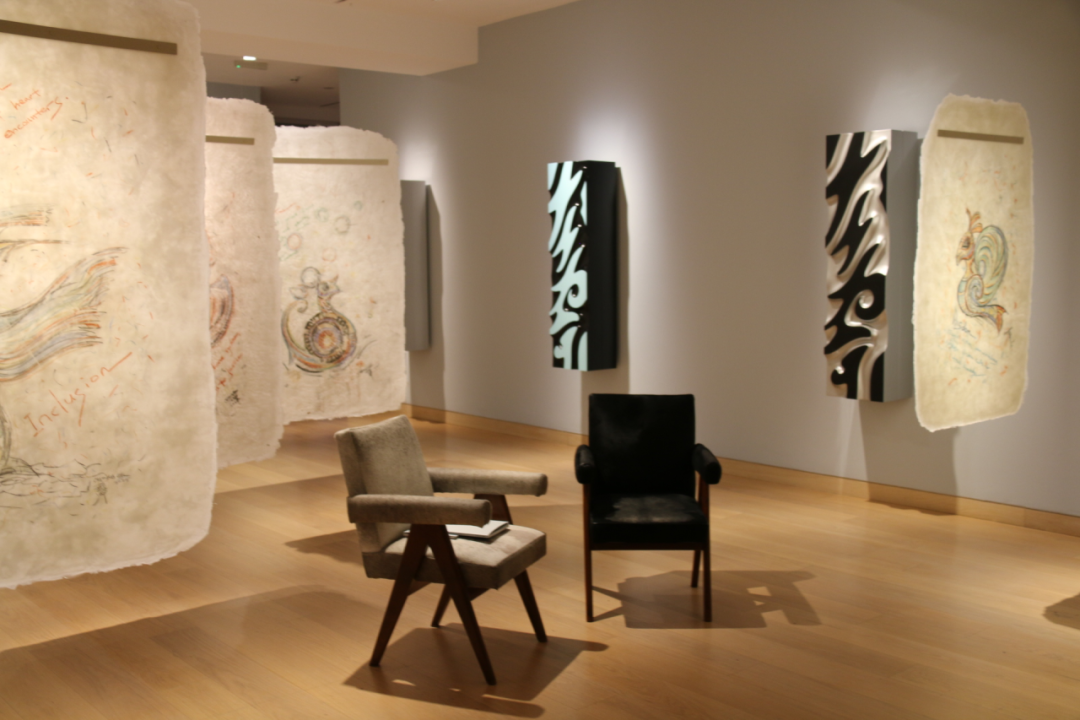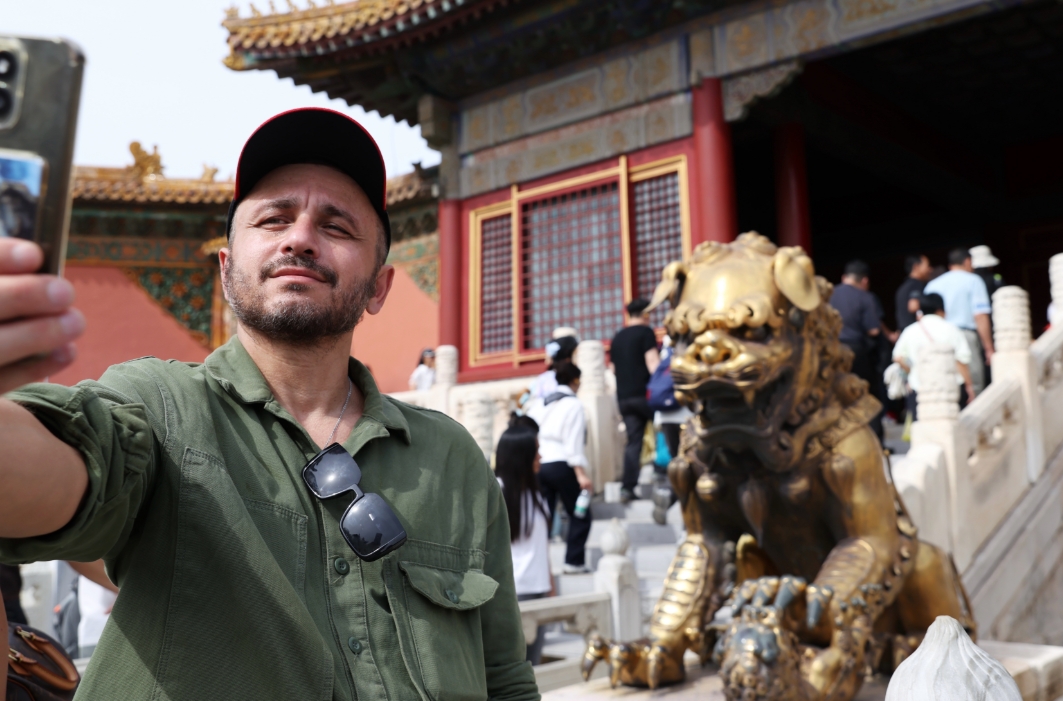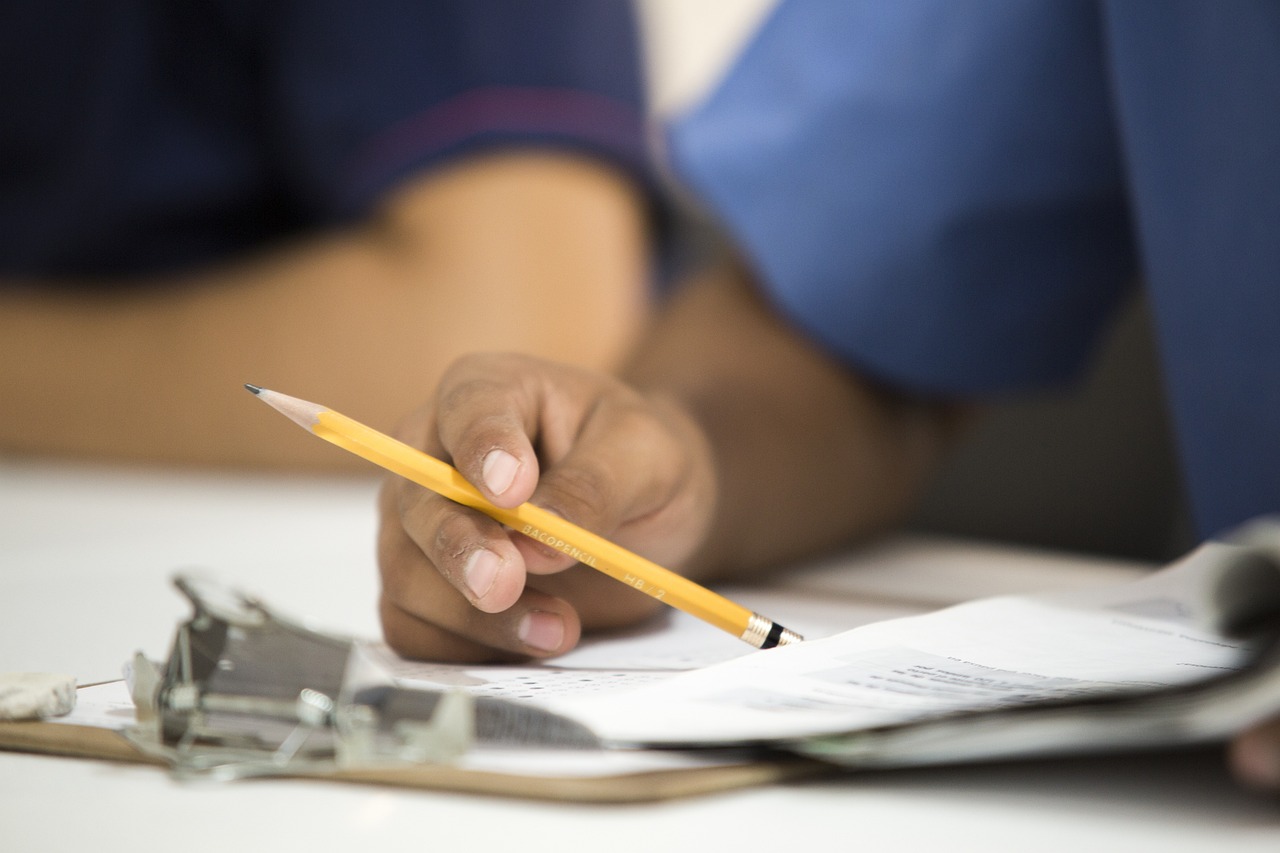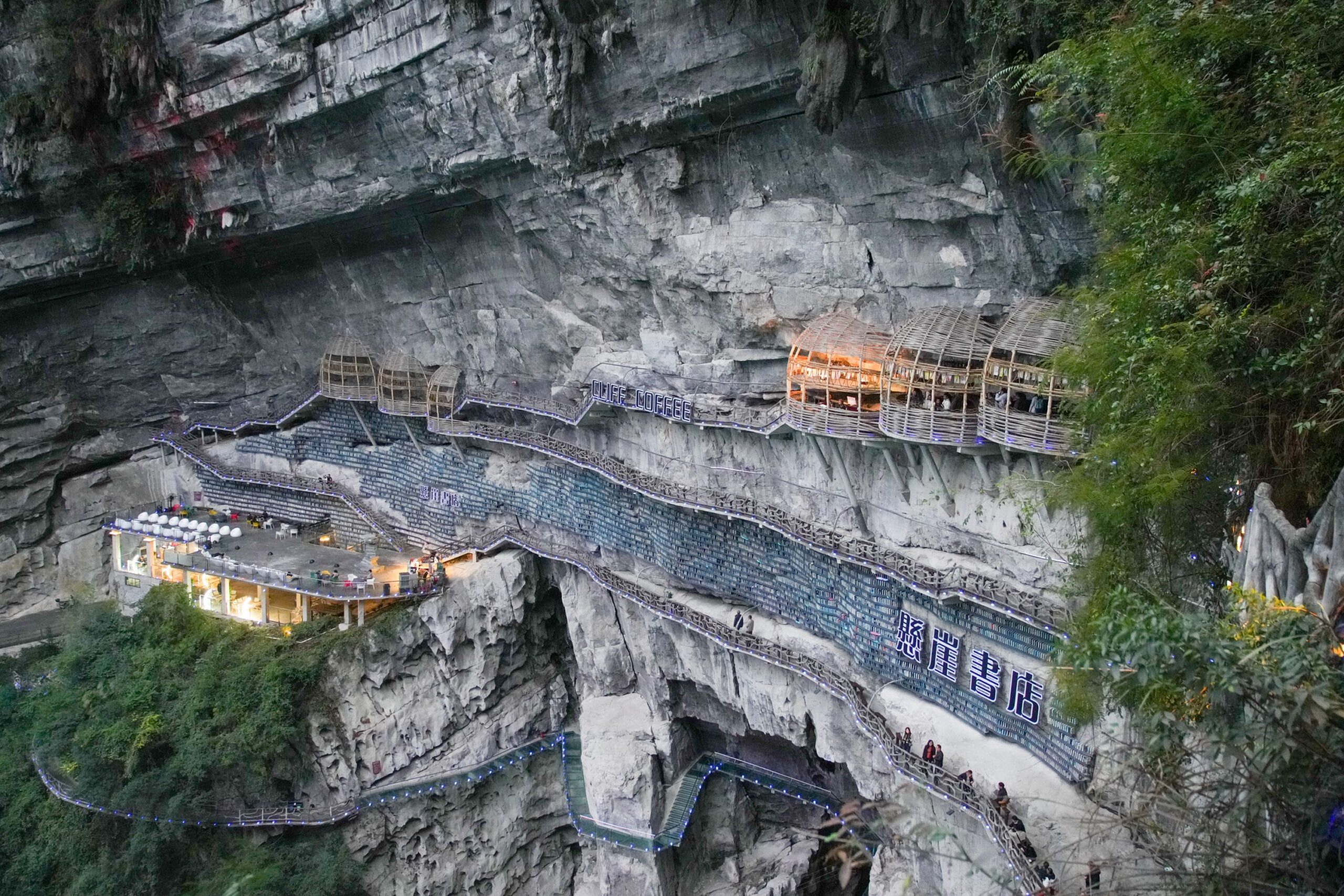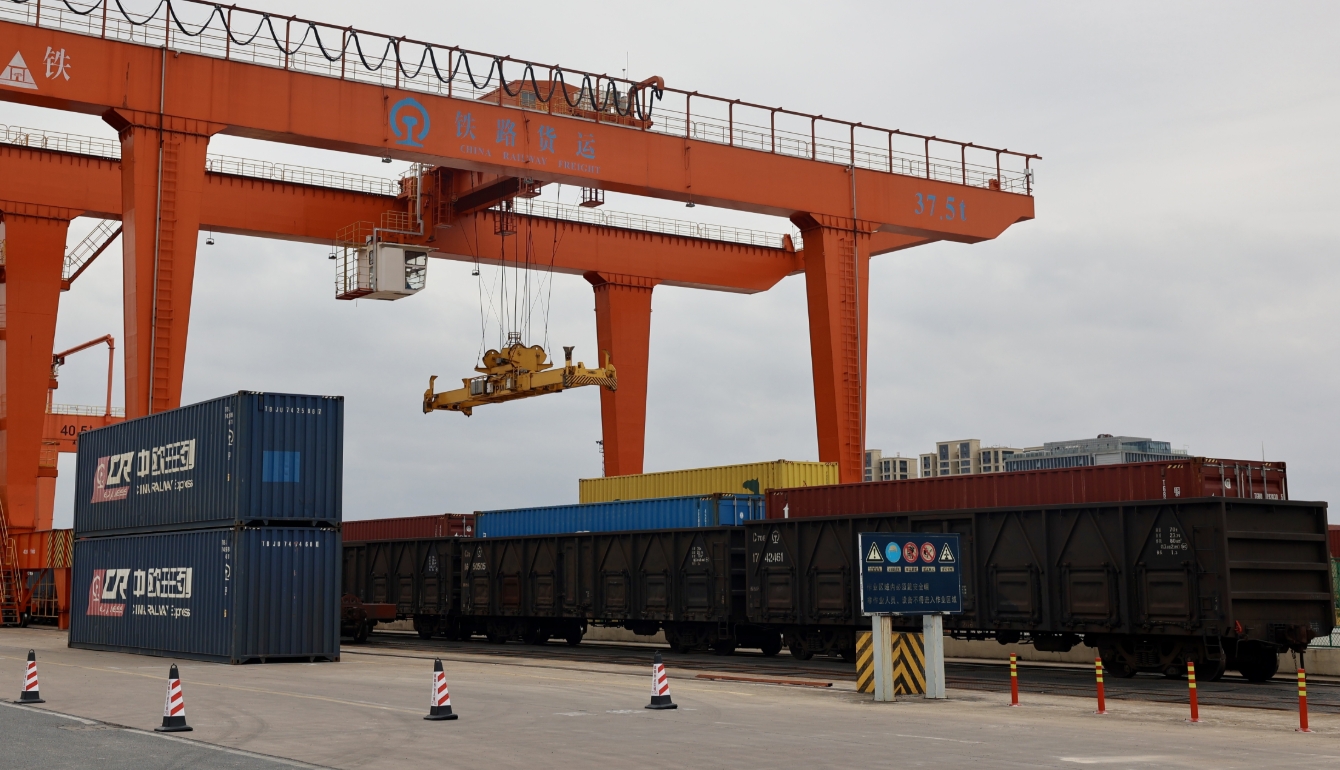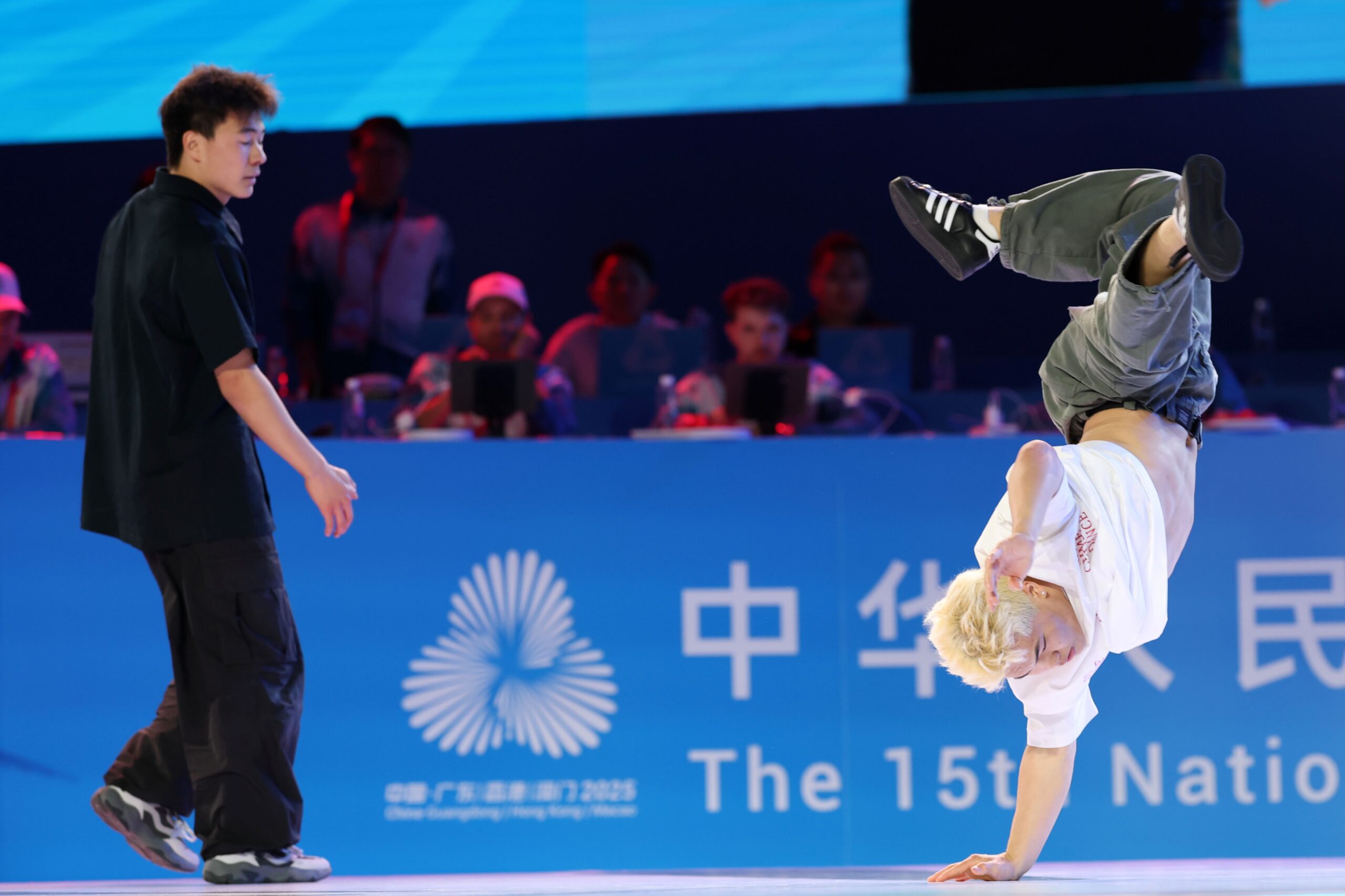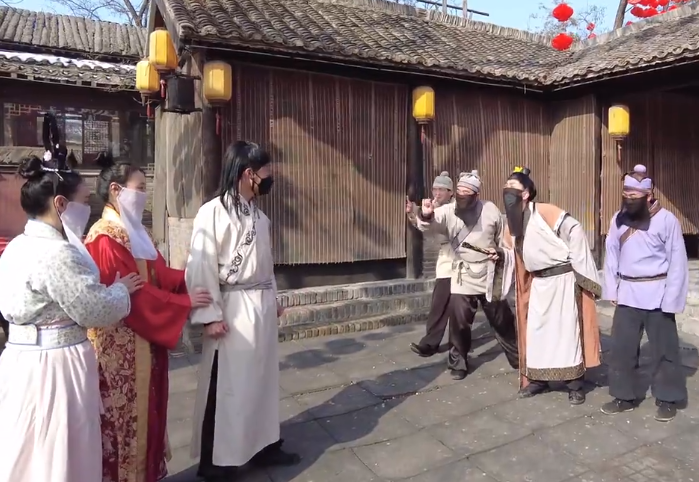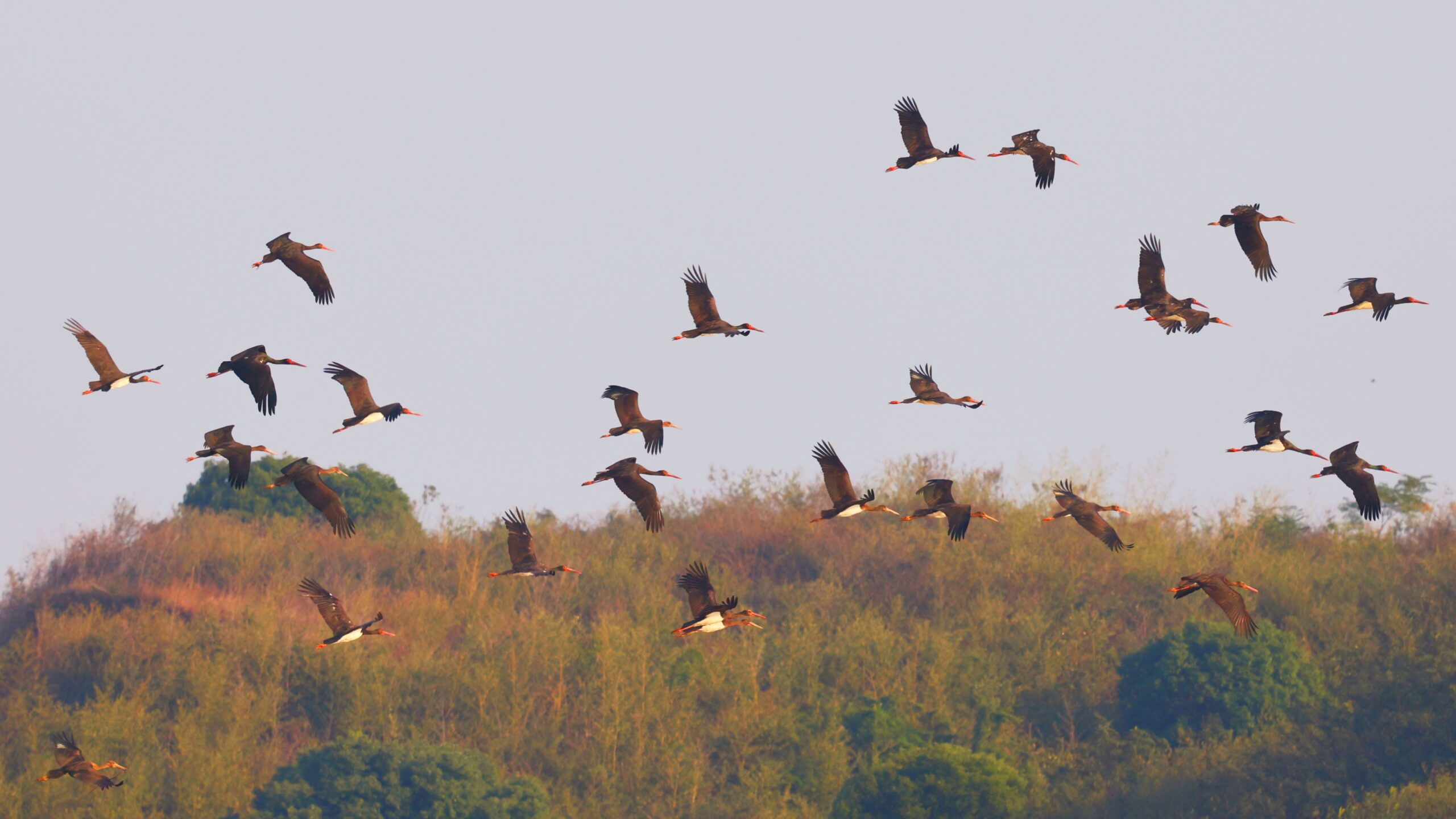Chinese contemporary artist Jiang Qiong’er unveiled her exhibition Guardians of Time (Gardiens du Temps) at Waddington Custot Gallery in London, presenting a body of work that explores shared human values, memory and the symbolic roots of global civilisations through sculpture, wax painting and installation.
Known for bridging Eastern philosophy with contemporary artistic language, Jiang positions “time” as her core creative material. In this exhibition, she transforms the intangible nature of time into forms that can be seen, touched and felt, inviting audiences to reflect on connection and meaning in a fragmented world.
At the centre of the exhibition is The Twelve Calls, a series of bronze sculptures inspired by mythological beings from ancient Chinese, Egyptian, Maya and Indian traditions. Each of the twelve hybrid creatures embodies a universal human value, including courage, equality, wisdom, kindness, authenticity and peace. First presented on the façade of the Musée Guimet in Paris in 2024, the series was later acquired by UNESCO for its permanent collection, where it is displayed alongside works such as Alberto Giacometti’s Walking Man.
Jiang’s wax paintings further extend her meditation on time. Through hundreds of layers of controlled wax pouring and pressing, she “seals” the moment between melting and solidifying. The pigments are taken from the prehistoric caves of Lascaux in France and the Dunhuang Grottoes in China, evoking the deep, shared sediment of human history. “In a time marked by tensions between different civilisations, it is important to use art to identify the common ground between cultures,” Jiang said. “Consensus can become the starting point for dialogue, a way to bring people together.”
In addition to The Twelve Calls, the exhibition features the New Nüshu and Her Voice series. New Nüshu draws inspiration from the historic women’s script of Jiangyong in Hunan Province and uses a “Human + AI” method to generate a contemporary writing system. The Her Voice works incorporate Nüshu-inspired forms into wooden and carbon-fibre cabinets that invite collectors to engage in “second-stage creation” by placing personal items inside. Jiang describes this interaction as a way for audiences to become collaborators in shaping the artwork’s meaning. “Art cannot end conflict,” she reflected. “But it can open a window and a door, allowing understanding to begin.”
A public conversation titled “Jiang Qiong’er: Beyond Definition – A Cultural Dialogue Between East and West” accompanied the exhibition opening. Speakers discussed shared civilizational roots and the role of art in fostering dialogue. Dr. Yuan Gao, President of the UK Tsinghua Alumni Association, emphasised that the pursuit of beauty, emotion and spiritual belief forms a common human foundation that transcends cultural difference.
“Every one of my works is a vessel that holds time,” Jiang said.
The exhibition and public programme were jointly presented by the UK Tsinghua Alumni Association (UKTA), Asia Society France and Waddington Custot Gallery as part of ongoing efforts to promote cultural understanding between China and Europe.
This article was written by Tianai Lu and Haoxuezi Tian. If you like this article, why not read: They Call Me Witch Exhibition Opens in London

